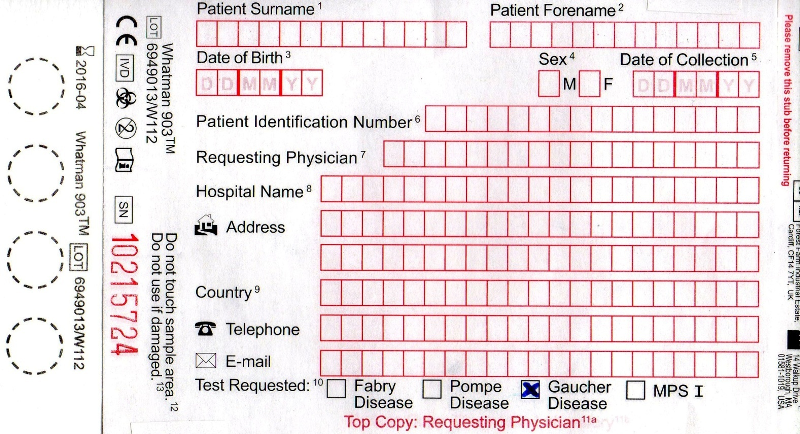Konference: 2015 20th Congress of the European Hematology Association - účast ČR
Kategorie: Myeloproliferativní nemoci
Téma: Publication only
Číslo abstraktu: PB1951
Autoři: MUDr. Lukáš Stejskal; MUDr. Cecília Bodzásová; prof. MUDr. Elena Tóthová, CSc.; MUDr. Zuzana Kučerová; Mgr. Jana Bizoňová; Mgr. Martina Janušková; MUDr. Jana Vaculová; MUDr. Zuzana Zetková; MUDr. Natalija Rytiková; MUDr. Marie Mičaníková; prof. MUDr. Roman Hájek, CSc.
Background
The patients with Gaucher disease (GD) type 1, although it is the
most common lysosomal storage disease, have probably not met the
primary care doctors not even once in 10 years. This may cause that
GD patients have been passing through the years in a specialized
clinic under different diagnosis and they are not being treated
properly. With regard to the incidence of GD 1: 60000 in our
Moravian-Silesian Region (with approx. 1,3 mil. people), should be
20 persons with GD type 1. But there was only one patient with GD
in National Center for the treatment of GD in the Czech Republic
till December 2013. Based on a successful pilot project of GD
diagnosis that was solved by our colleagues in Italy, under the
leadership of prof. Cappellini (*), we decided to implement similar
in our conditions. (*) Motta I. et al., A Multicenter
Observational Study For Early Diagnosis Of Gaucher Disease In
Patients With Splenomegaly and/Or Thrombocytopenia, Poster ASH
2013
Aims
Our aim is to highlight this rare diagnosis, on which we should
think more in the differential diagnosis of hepatosplenomegaly and
thrombocytopenia, particularly in all the unclear cases.
Methods
We have used Dried Blood Spot (DBS) cards (attached) to detect beta-glucosidase enzyme activity in patients with splenomegaly (palpable spleen or ultrasound examination demonstrated over 12 cm) and/or thrombocytopenia (platelets below 130 x 10/9/l). In the case of thrombocytopenia, at least 1 more condition must be met: the current anemia, MGUS or polyclonal gammopathy, bone pain history, or past history of splenectomy. We excluded individual with criteria: A) known hematological malignancy, B) proven cirrhosis of the liver or hemolytic anemia incl. hemoglobinopathy.
Results
For 10 months (from May 2014 to February 2015) we enrolled 15
patients (9 male, 6 female) from hematology clinics in
Moravian-Silesian Region. The reasons for testing were: 27% (4/15)
splenomegaly, 27% (4/15) thrombocytopenia and 46% (7/15) both of
them. During this period all 15 DBS test were negative, none
patient was diagnosed with GD.
Summary
We are continuing to search for the patients with GD to may put
these patients the chance of timely and adequate treatment to
prevent serious complications and restrictions on their quality of
life.
Keyword(s): Gaucher disease, Screening, Spleen,
Thrombocytopenia

Datum přednesení příspěvku: 12. 6. 2015
